1. The Birthplace of Neighborhood Connection
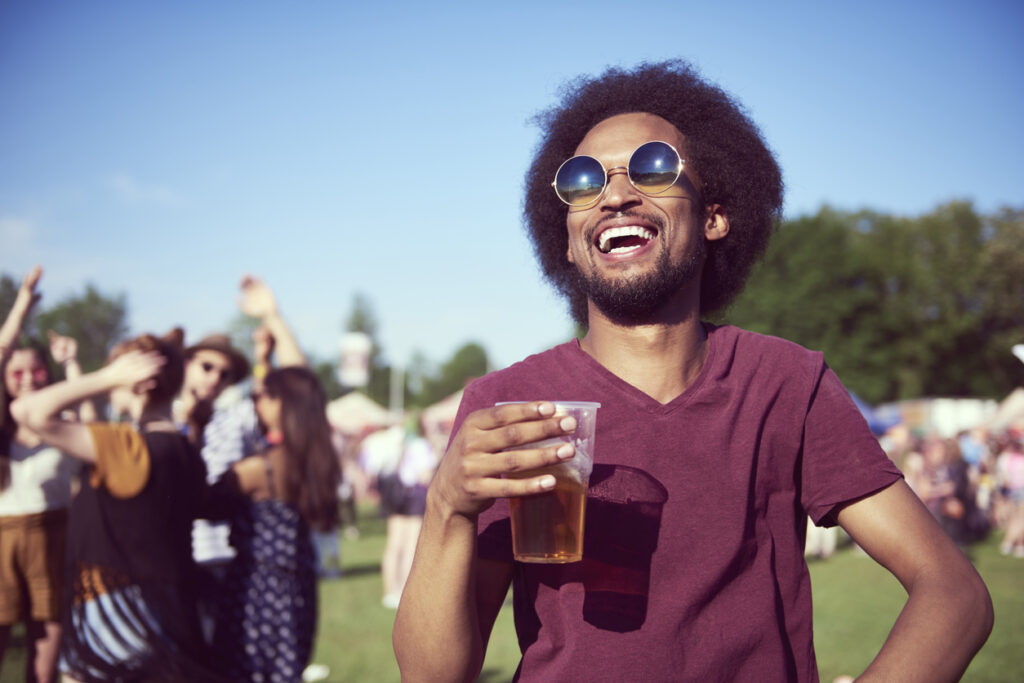
Block parties in the ’80s and ’90s were more than just gatherings—they were lifelines for neighborhoods. Families would haul grills and folding chairs onto the street, transforming asphalt into a buzzing social hub. These events weren’t just planned; they were anticipated, giving people something to look forward to amidst urban challenges. Kids would weave through the crowd, playing tag or riding bikes while their parents exchanged stories over burgers and soda cans. Local DJs set up turntables, blasting beats that echoed down city blocks and made every corner feel alive says Mic. These moments built a sense of unity that many families lacked elsewhere. It didn’t matter if you lived in a high-rise or a duplex—at a block party, everyone had a place.
The laughter and chatter weren’t just background noise; they were the soundtrack of growing up. Communities weren’t just formed—they were solidified in the shared joy of good food, music, and company. It was a rare time when adults and kids occupied the same space without tension, celebrating life’s small joys. Friendships were forged, misunderstandings were mended, and sometimes rivalries were set aside for the sake of the gathering. Block parties fostered understanding among neighbors who might have only exchanged polite nods during their busy routines. These events bridged generational gaps and blurred socioeconomic divides, reminding everyone of their shared humanity.
2. DJs and the Rise of Local Music Legends

The music at block parties wasn’t just entertainment—it was the heartbeat of the event. Local DJs became the unsung heroes, setting up massive speakers and spinning records that kept the vibe electric. In the ’80s and ’90s, these DJs were often neighborhood kids experimenting with vinyl and learning the craft. They turned block parties into showcases for their skills, mixing genres like hip-hop, funk, and soul. As the beats dropped, people couldn’t help but move, creating spontaneous dance-offs and moments of pure joy according to the Smithsonian.
These block parties often acted as launching pads for local talent. Artists who would later become legends in the music industry first honed their craft on these very streets. People gathered not just to celebrate but to discover. These musical moments tied the community together, providing a shared rhythm that everyone could groove to. They also gave young people a creative outlet, steering them away from less positive influences. The cultural impact of these gatherings extended far beyond the party, influencing the sounds and styles of future generations explains Gotta Dance.
3. Food as the Universal Love Language
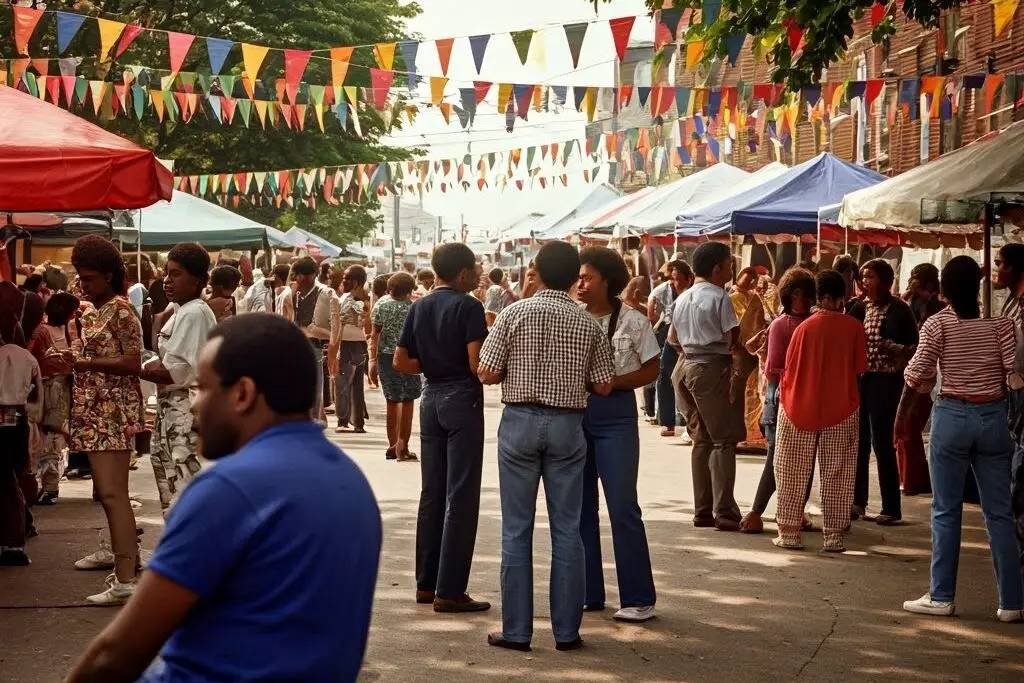
Every block party revolved around food, from smoky barbecue pits to trays of homemade macaroni and cheese. Neighbors took pride in sharing their family recipes, and the diversity of flavors reflected the rich cultural makeup of the community. It wasn’t just about eating; it was about connecting through culinary traditions. The food table became a meeting point, where everyone from toddlers to grandparents gathered to pile their plates high according to WLOS.
Meals served at block parties often told stories of heritage, migration, and creativity. The smell of seasoned meats and spices wafted through the air, drawing everyone together like a magnet. Sharing a plate of food or teaching someone the secret to a perfect marinade created bonds that transcended language and culture. Food became a medium for understanding, a way to celebrate the community’s roots while appreciating its growth. It wasn’t just sustenance—it was love served on a paper plate.
4. The Joy of Low-Tech Entertainment

Before smartphones and streaming services, entertainment was gloriously simple. At block parties, the fun came from three-legged races, water balloon fights, and chalk-drawn hopscotch. These games weren’t just for kids; parents often joined in, laughing as they tried to relive their childhood agility. The absence of technology allowed people to focus on each other and the moment.
There were no hashtags or livestreams, but the memories were vivid and enduring. These activities weren’t just fun; they created a shared sense of accomplishment. Whether you won a pie-eating contest or cheered someone else on, the camaraderie was undeniable. It was a reminder that joy doesn’t need to be complicated. These moments taught both kids and adults the value of play and the power of genuine connection. Pinterest has ideas if you’re feeling nostalgic.
5. A Platform for Local Entrepreneurs
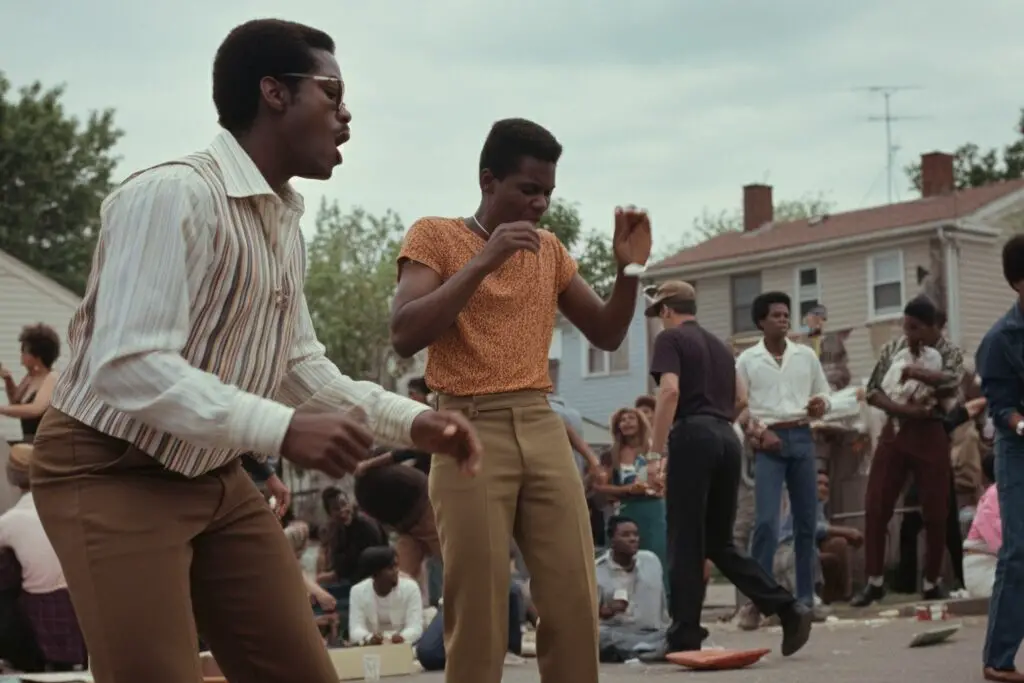
Block parties were also an informal marketplace for local entrepreneurs. Aspiring bakers, crafters, and artists set up tables to showcase their talents. For some, it was the first step in turning a hobby into a business. The community embraced these efforts, offering encouragement and support in ways that big corporations couldn’t replicate.
This environment was especially empowering for teens and young adults, who learned the basics of marketing and customer interaction in a relaxed setting. People didn’t just buy products; they invested in each other’s dreams. It fostered a culture of mutual support, proving that small beginnings could lead to big possibilities. In many ways, these events were incubators for creativity and ambition.
6. Reclaiming Public Space
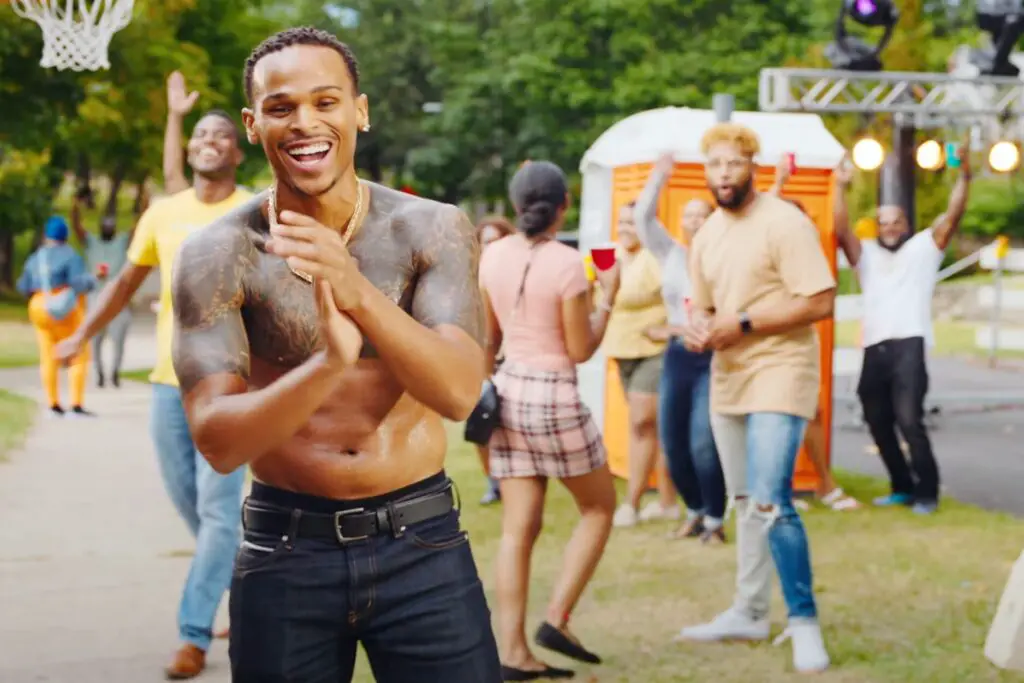
Block parties turned streets into communal spaces, reclaiming them from the hustle and bustle of daily life. For a few hours, the pavement became a dance floor, a dining room, or even a canvas for kids’ artwork. This temporary transformation reminded everyone that public spaces belonged to the community.
These gatherings showed that city living didn’t have to mean isolation. They made the streets feel less like thoroughfares and more like living rooms without walls. By bringing life and laughter to these spaces, block parties demonstrated the power of collective ownership and care. They turned ordinary settings into extraordinary experiences.
7. A Safe Haven for Kids
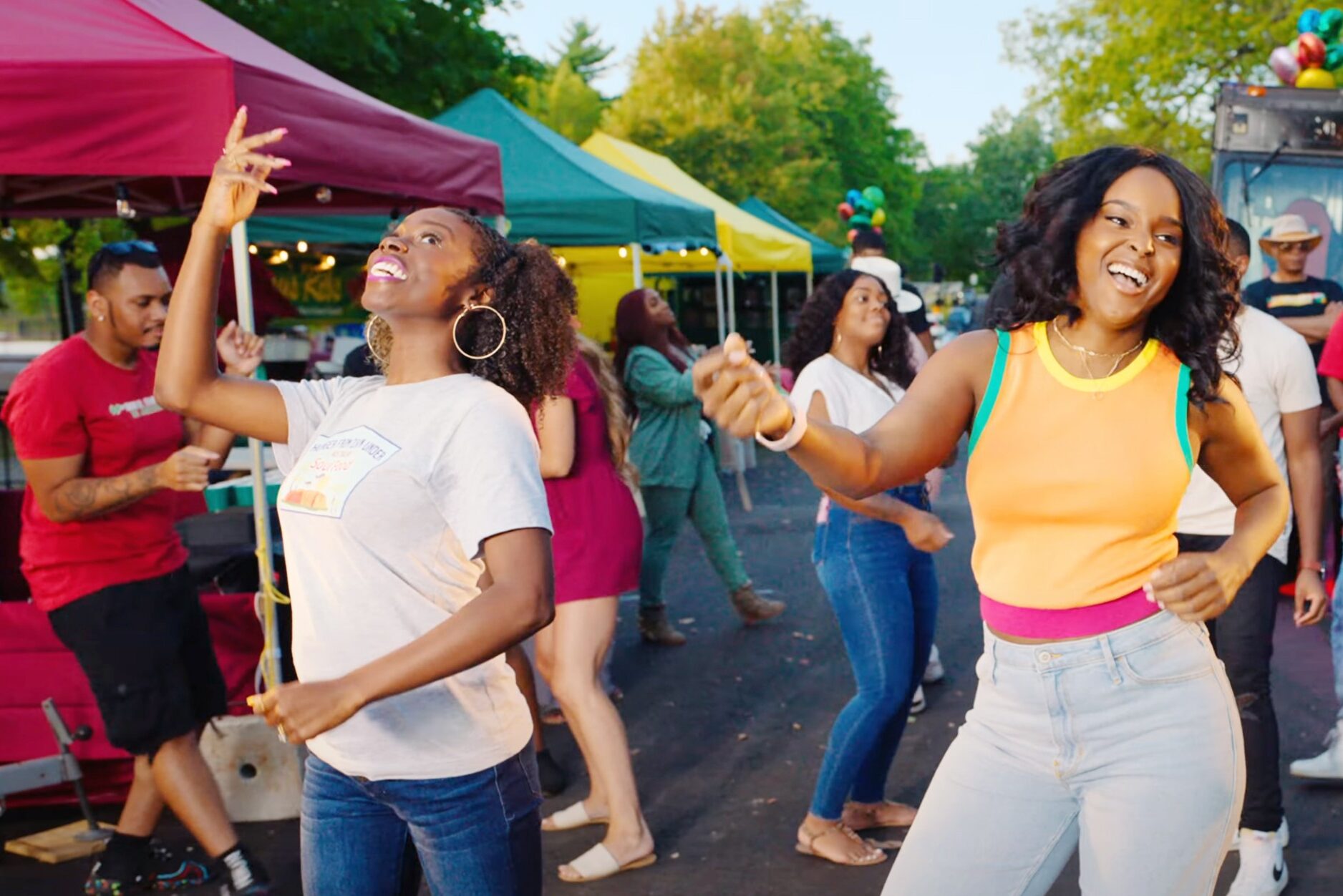
For many children, block parties were a rare opportunity to roam freely. Parents felt comfortable letting their kids explore, knowing they were surrounded by familiar faces. The sense of safety and community allowed kids to simply be kids, without the constant pressures of school or home life.
The freedom these events offered was priceless. It gave kids the chance to meet new friends, learn social skills, and experience the world on their terms. This unstructured playtime was essential for growth, helping them build confidence and independence. In a world that could sometimes feel chaotic, block parties were a pocket of calm and care.
8. Celebrating Cultural Diversity
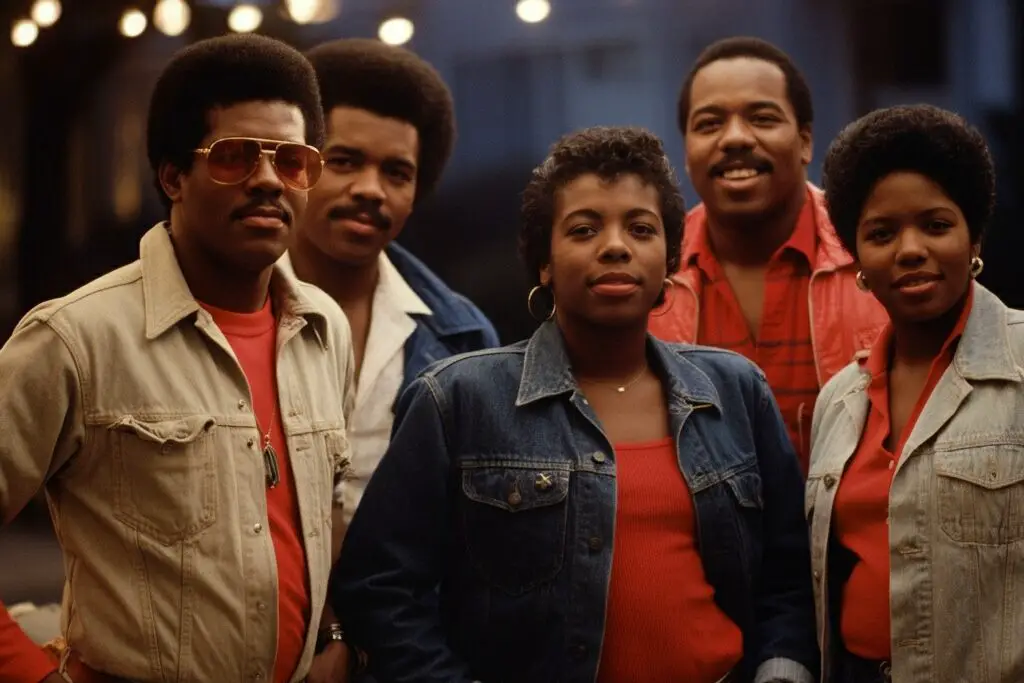
Block parties reflected the beautiful mosaic of urban life, showcasing the different cultures that made up the neighborhood. From music to food to dance, every aspect of these gatherings was a testament to diversity. People didn’t just coexist; they celebrated each other’s traditions and stories.
These events were often the first time neighbors truly learned about each other’s backgrounds. They broke down stereotypes and built bridges, fostering empathy and understanding. The cultural exchange wasn’t forced; it was natural and joyful, born out of curiosity and kindness. Block parties made diversity something to be cherished, not feared.
9. An Avenue for Social Activism
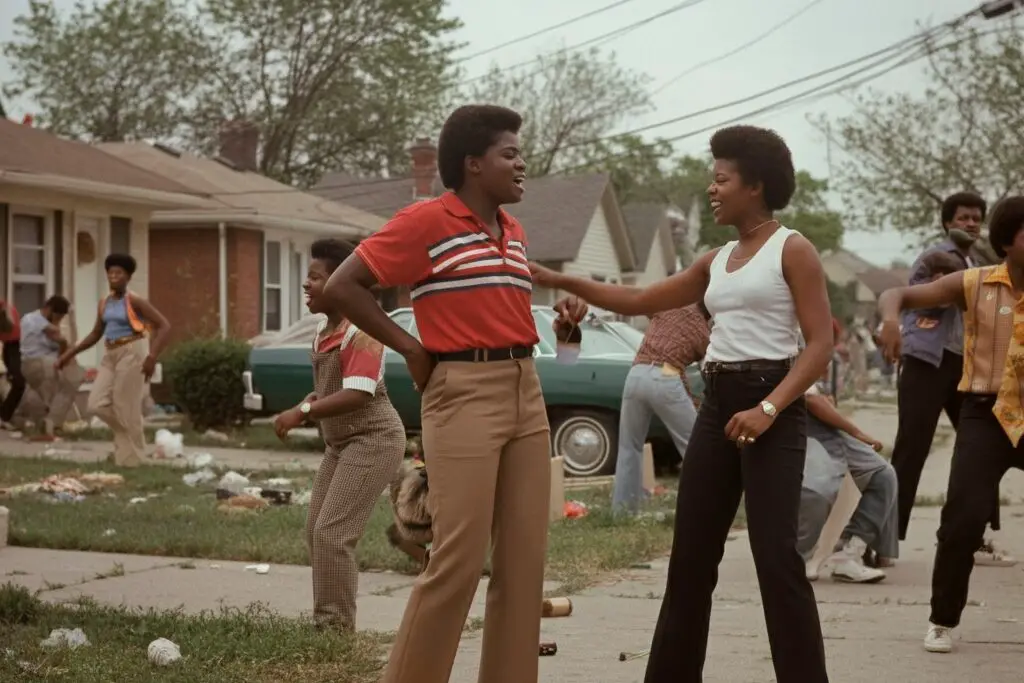
Block parties weren’t just about fun; they were also platforms for change. Community leaders used these events to rally support for local causes, from improving schools to addressing safety concerns. The relaxed atmosphere made it easier to have important conversations without the usual barriers.
These gatherings proved that activism could be approachable and inclusive. They empowered residents to take ownership of their neighborhood’s future. By combining joy with purpose, block parties inspired people to care for their community in meaningful ways. They showed that collective action could start with something as simple as a shared meal.
10. Strengthening Family Bonds

Families who attended block parties often found their relationships strengthened. Away from the distractions of daily life, parents and kids had the chance to truly connect. Whether it was dancing together or sharing a plate of food, these moments created memories that lasted far beyond the event.
Block parties reminded families of the importance of togetherness. They provided a rare opportunity for quality time in a setting that was both relaxed and exciting. These experiences reinforced the idea that family isn’t just who you’re related to—it’s who shows up for you.
11. A Blueprint for Future Generations
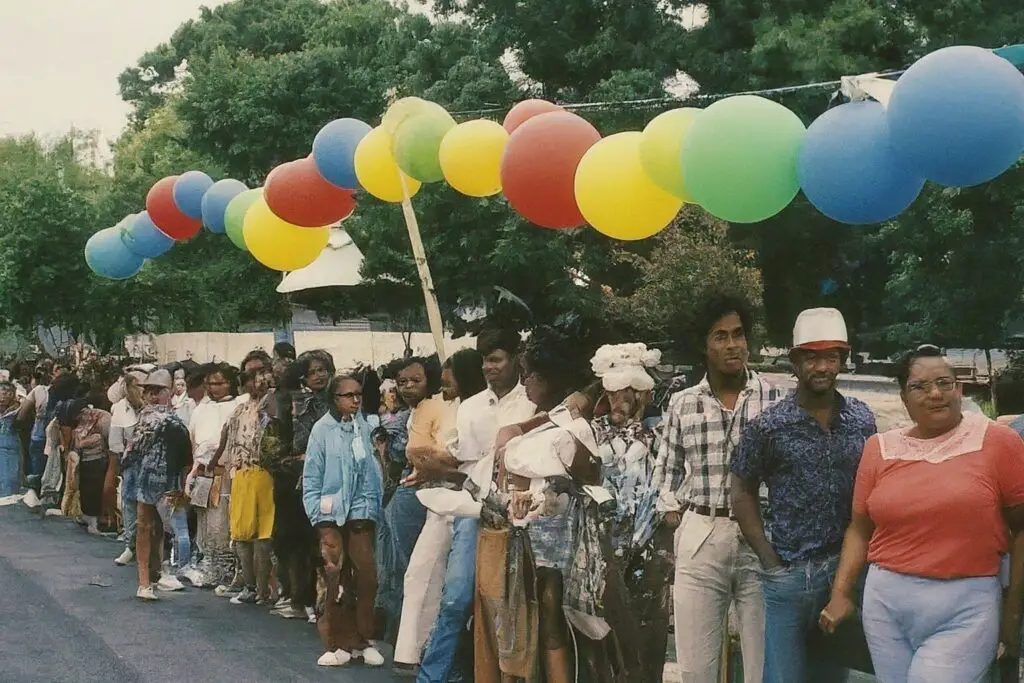
The legacy of ’80s and ’90s block parties lives on in today’s urban culture. These gatherings set the standard for what community events could and should be. They taught us that connection, creativity, and care are the building blocks of any strong neighborhood.
Today’s block parties might look different, but their spirit remains the same. They continue to inspire new ways of bringing people together, proving that the values of those decades are timeless. By remembering and honoring these roots, we ensure that future generations can experience the magic of a united community.
